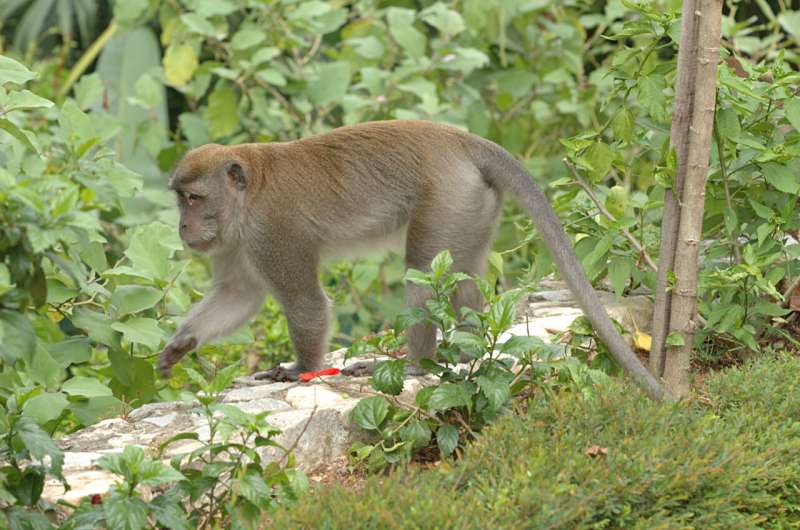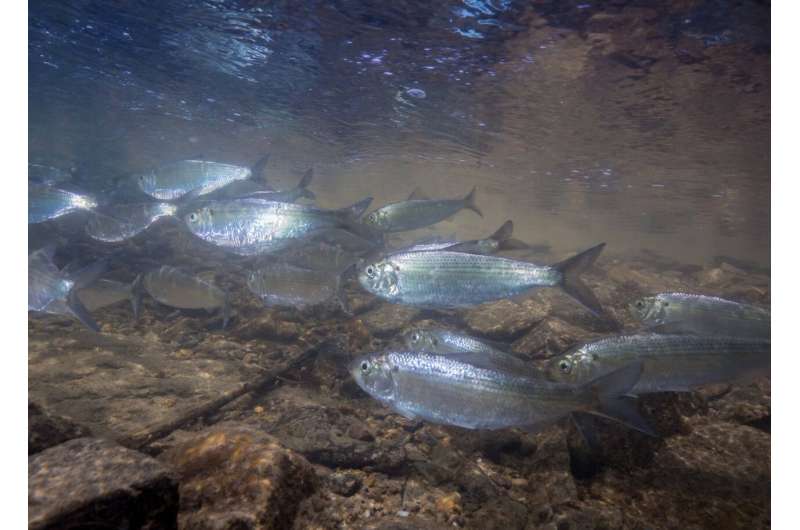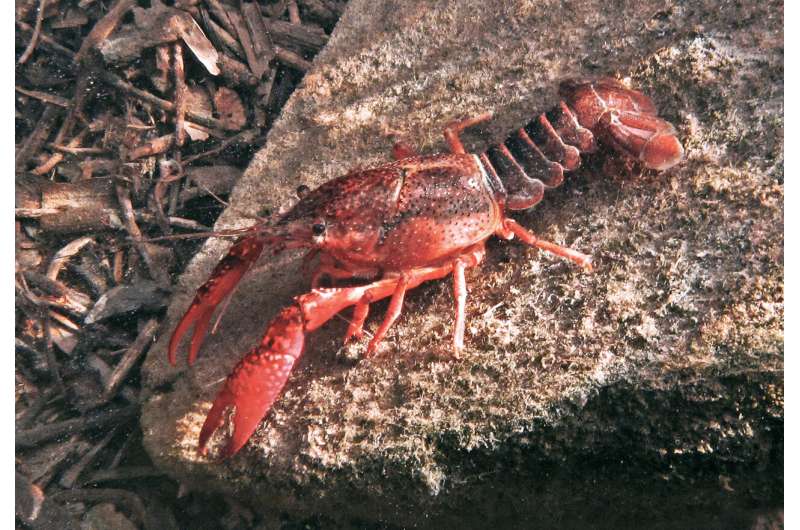This article has been reviewed according to Science X's editorial process and policies. Editors have highlighted the following attributes while ensuring the content's credibility:
fact-checked
peer-reviewed publication
trusted source
proofread
Study identifies Florida's potential invasive species threats

In a first-of-its-kind study for North America, scientists accumulated a list of potential invasive species for Florida, and researchers deemed 40 pose the greatest threat.
A team of experts, led by University of Florida scientists, evaluated terrestrial, aquatic and marine species with characteristics that make them particularly adept at invasion. Their list includes 460 vertebrates, invertebrates, algae and plants.
"Invasive species management tends to be reactive, instead of preventative," said Deah Lieurance, who led the project as the then-coordinator of the UF/IFAS Assessment of Non-Native Plants and is now an assistant professor of invasive species biology and management at Penn State University. "This was the reason behind this project: to protect Florida's natural areas, while also saving the money and effort that would go into management strategies."
The Intergovernmental Science-Policy Platform on Biodiversity and Ecosystem Services estimated that the annual cost for invasive species management globally in 2019 was $423 billion, and that cost is estimated to quadruple every decade.
Florida is "ground zero" for invasions in the United States, says Matthew Thomas, the director of the UF/IFAS Invasion Science Research Initiative, which was created in 2022 to address the state's unique challenges.

Lieurance and the working group of experts from academia, state and federal agencies, and non-profits conducted what is known as a horizon scan, or the systematic examination of information by experts to identify emerging issues, opportunities and unknown risks to inform policy and decision-making.
Each species evaluated was given a score based on the likelihood of arrival, likelihood of establishment and spread, and their potential ecological, economical and human health impacts. The group of experts then met to form a consensus on ranking the species by risk level. Based on these scoring parameters, some of the most likely invaders were determined to be alewife, zebra mussel, crab-eating macaque and red swamp crayfish.
Validating the priority rankings of the highest risk species was the small population of red swamp crayfish that was detected and eradicated in Clay County in 2022, Lieurance said.
"The one that wasn't even on my radar was the macaque," Lieurance said. "But they're already in the state in captivity, and as their name says, they're good at eating crabs. This means they would have an impact on our native biodiversity. Plus, their relative, the rhesus macaque, is already established in the state, and these crab-eating macaques also are likely to host the same [herpes B] virus found in the Silver Springs State Park populations."
The experts also considered potential pathways that could bring these invaders to Florida, finding that arrivals by escape from confinement (pet and aquarium releases) and transportation (stowaways and contaminants) were most likely.

"Something that came up in the time since we convened this group was the yellow-legged hornet, a species that wasn't evaluated in this study," Lieurance said. The predatory species was found just across the border, in Savannah, Georgia, this past August. "It's likely that's one species that would appear as high risk for invasion to Florida, if the horizon scan was done today."
Lieurance says this research serves as a starting point for future horizon scans, which she suggests should be done every five years or so.
"Now that we have a list, the process next time would involve reviewing what's there and seeing what new things are coming in, or have the potential to appear," she said.
But the methods employed for this study are already leading to new approaches nationwide.
"A team from the United States Geological Survey took part in this project, evaluating one of the taxonomic groups," Lieurance explained. "They took their experience back to their superiors and now at a federal level, the Department of Interior is using bipartisan infrastructure money to fund other horizon scans using this same framework as a part of their National Framework for Early Detection and Rapid Response. This is just one example of how we can already see this project expanding."

Currently, Lieurance is leading ongoing horizon scan projects for Puerto Rico and the U.S. Virgin Islands, as well.
"As the saying goes, an ounce of prevention is worth a pound of cure," Lieurance said. "The majority of prevention efforts are initiated when the species has already been detected and often when it's too late. This project strives to keep concerning species out and truly protect Florida's biodiversity, unique ecosystems, socioeconomic infrastructure, and human well-being."
The study, "Identifying invasive species threats, pathways, and impacts to improve biosecurity," is published in the journal Ecosphere: doi.org/10.1002/ecs2.4711.
More information: Deah Lieurance et al, Identifying invasive species threats, pathways, and impacts to improve biosecurity, Ecosphere (2023). DOI: 10.1002/ecs2.4711
Journal information: Ecosphere
Provided by University of Florida





















